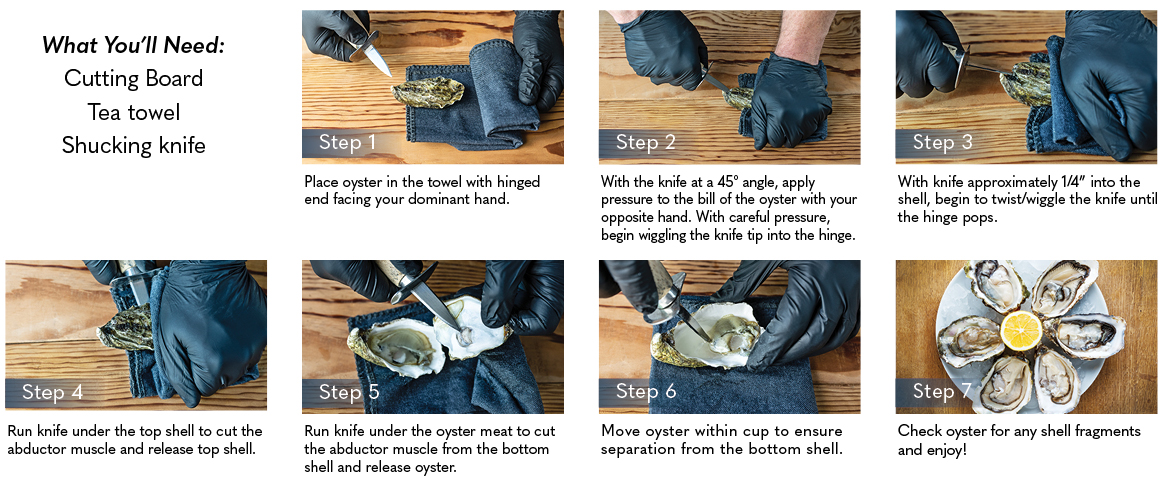Proudly offering the First and ONLY BAP Four-Star Certified Oysters in the World! Four-star is the highest designation in the BAP (Best Aquaculture Practices) third-party certification program. For “fed” species, four-star signifies that a product originated from a BAP-certified processing plant, was sourced from a BAP certified farm, and has utilized seed (larvae) and feed (algae) from BAP certified hatcheries. BAP’s mollusk farm standards contain many specifications for responsible stocking rates and monitoring of natural feeding processes. BAP has certified Pacific Seafood to offer four-star BAP oysters as opposed to just three-star BAP oysters.
Our sustainable oysters grow up under the watchful eye of our farmers from our hatcheries in Quilcene, Washington to the beds in the pristine waters of the Northwest on one of our 16,000 acre farms located in Washington, Oregon, or California. Not only do we use state of the art harvesting methods, but we are very careful with how our product is handled in regard to time and temperature, ensuring the freshest product on the market.
LIFECYCLE
Our oyster’s lifecycle begins at our hatchery in Quilcene, Washington. We raise our own larvae there until they are ready to be raised in one of our many oysters up and down the Pacific Northwest Coast.
Once the larvae are ready, they are attached onto a shell and placed in the beds where they will remain until fully grown, 2-3 years.
FARMING METHODS
On Bottom
One of two methods are used to grow the animals from this point on – on-bottom or off-bottom. Those destined for on-bottom growth are distributed by our oyster “farmers” for a lengthy stay in Nature’s nursery. They’ll be there for 2 to 2½ years.
Off Bottom
In northern California we use the SEAPA baskets off-bottom method, which is a floating basket in which the oysters roll up and down with the tide which keeps them well shaped. They grow very rapidly using this method.
HARVESTING
Mechanical Harvesting
We harvest through mechanical means using oyster barges.
We’ve acquired 14 new vessels over the last 10 years that are state-of-the-art shallow draft vessels.
Hand Harvesting
Some harvesting is still done the old-fashioned way, as a “labor of love,” filling those 17-bushel tubs at whatever hours are dictated by tides, weather or changes in a customer’s order.
We’re very careful with how our product is handled in regard to time and temperature. We keep everything below 50° from time of harvest to point of sale.
SHUCKING
For non-single oysters, hand shuckers are the first stop in the process of getting the oysters prepared for shipping.
Oysters go from the shucking operation into the packing operation where they’re washed and packed in the right container based on quality and size. They are shipped out to markets all over the country from our SQF Level 3 plants.
